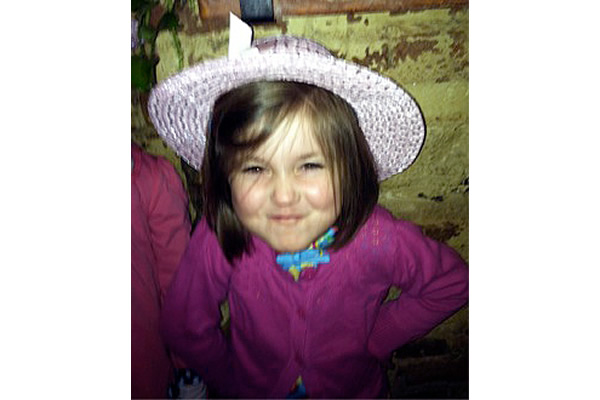
As summer ends, we all begin to think about preparing our children for the school year to come – new backpacks, sneakers, pencils, and notebooks. You have double and triple-checked the list that you received in July – outlining everything that your child will need in the year to come, but you stop to wonder if there is anything else that you could be doing to set your child up for success.
If you really want to help your child get the most out of his or her upcoming year, stop thinking about his or her return this fall and start thinking about your own. Children whose parents are involved in their schooling early on show significant advantages in reading achievement and lower rates of grade retention (Miedel & Reynolds, 1999).
While 16 years have passed since my own mother volunteered in my kindergarten classroom, I still remember feeling incredibly motivated while my mom was in the classroom – compelled to try my very best. I wanted to show her that I was a leader; mature, responsible, and readily available to help my classmates.
Looking back now, I understand that from my earliest years, having my mother show up established an understanding that school was important – a priority, a responsibility, and a privilege. My mom’s physical presence in the classroom established continuity between home and school – a certain set of expectations and norms, both behavioral and academic.
While my mom led reading groups in my kindergarten class, this is by no means the only avenue in which parents can take to get involved. There are many ways to establish positive interactions with your child’s school this year and in turn, show your child that you are both interested and invested in his or her education.
Here are a couple of suggestions if you find yourself pondering the best fit for you:
- Volunteer in your child’s classroom. Volunteer with plays, special projects, or a regular literacy or math block. By assisting in your child’s classroom you communicate to them that you care about their education. By volunteering you also provide all of the children in the class with a more enriching experience, as the classroom teacher can take on more demanding lessons, units or projects with an extra set of hands.
- Assist with an extracurricular. Start a drama club, assist with a sports team, or help out with homework club. When you help out with extracurriculars you provide your child with opportunities that he or she may not have found elsewhere. Extracurriculars teach integral social skills and create long-lasting friendships routed in both positive and common interests.
- Attend school board meetings. Attending school board meetings is one of the best ways to stay up-to-date on the latest happenings at your child’s school. By staying well informed, you can raise questions or voice your concerns around budgeting and programming changes that could negatively impact your child.
- Join the Parent Teacher Association. Joining your PTA is a great way to stay well informed, connect with teachers, and make your child’s school a better place.
- Chaperone a field trip. Chaperone a fieldtrip and share in your child’s excitement as he or she connects his or her learning in the classroom to the outside world.
- Attend a school open house or “back-to-school night”. Familiarize yourself with your child’s teacher and the current curriculum. A lot has changed when it comes to teaching methods in the areas of math and literacy; take the time to try to understand how subjects are being taught so that you can later reinforce them at home.
Now, as a college student studying to become an early childhood educator, I can’t thank my mom enough for being there to show me the value and importance of education. Despite your comfort with academics, the key is showing up.
Last semester while student teaching, I was filled with nostalgia when a young Nepali girl’s father came into the classroom to volunteer. The second he walked through the door his daughter sat up a little straighter, became more attentive, and instantly became a leader – answering questions and assisting others at her table. When I looked at her, I saw myself. Yes, we had completely different upbringings, but we both gained a value, respect, and joy for education because our parents showed up and became involved in our schools.



